As a guitar tech, I’ve repeatedly observed a pattern among musicians of all skill levels: the low E string—responsible for the deepest tones of the instrument—often receives less individualized attention, despite its crucial influence on a guitar’s tonal character and tuning integrity. This insight crystallized during a recent session with a student unable to achieve a rich, resonant sound; the issue lay not in technique alone, but in a limited understanding of the unique demands of the low E. Its challenges transcend beginner mistakes, fundamentally affecting musicianship and instrument health. Drawing on years of expertise across acoustic and electric contexts, I’ve found that a nuanced focus on the low E string consistently elevates playing, tuning stability, and tonal balance. In this article, I offer a critical analysis and practical strategies for tuning, fixing, and effectively caring for this often-misunderstood string.
What is the Low E String? Understanding Its Role and Importance
Basics of the Low E String on Guitar
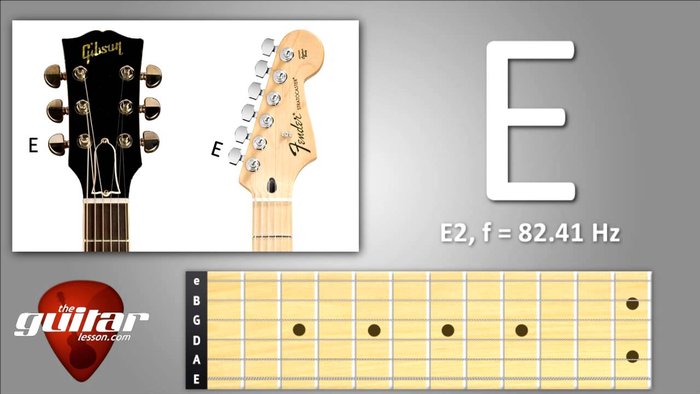
The low E string, or 6th string, is so named for producing E2—the lowest note on a standard-tuned six-string guitar—and is commonly referred to as the ‘bass E’. This string acts as the structural and sonic anchor of the guitar, shaping root positions, scale patterns, and overall sound. According to the School of Rock’s guide to tuning, the low E’s thicker gauge and higher tension, compared to other strings, make it both sonically powerful and more susceptible to going out of tune or developing intonation issues. Its robust vibration provides foundational support for harmonic structures in genres such as blues, jazz, and rock—serving as the “reference string” around which the rest are tuned. Nevertheless, its greater thickness can cause rapid buildup of grime and mechanical wear, warranting dedicated care for optimal performance and longevity.
Why the Low E Matters in Acoustic and Electric Guitar Tuning
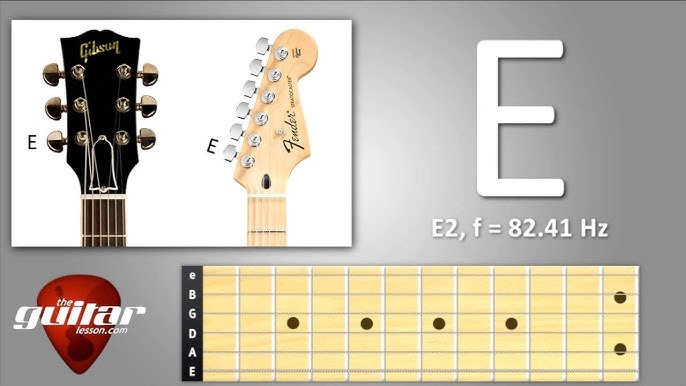
An improperly tuned low E string throws an entire instrument out of balance—no matter the precision of other strings. Its designation as a tuning “anchor” is backed by physics: the longer scale length and mass mean subtle tension variations cause perceptible pitch fluctuations. In acoustic setups, the low E enriches resonance and underpins the guitar’s tonal warmth; in electrics, its integrity directly impacts clarity and articulation, especially in styles demanding high gain and percussiveness. Recent signal analysis research, such as in Chordly’s examination of string vibration dynamics, demonstrates that the low E not only dictates perceived tuning but also affects how overtones from all strings interact. Mastery of this string is essential for consistent harmony regardless of genre.
Who Needs to Focus on the Low E String? Identifying Common Users and Scenarios
Players Prone to Low E String Problems
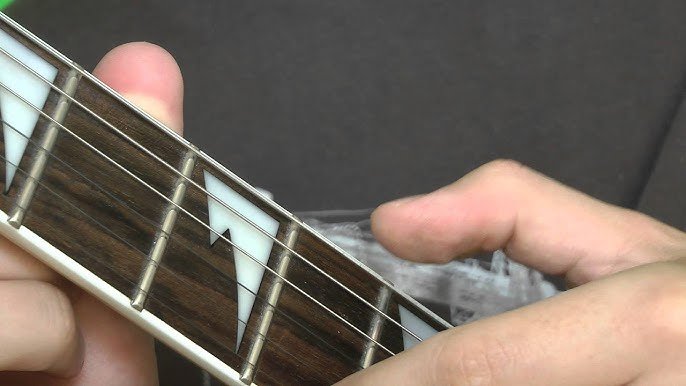
A host of playing habits can heighten susceptibility to low E string instability. Players who regularly perform aggressive pick attacks, exaggerated string bends, or employ alternate tunings frequently report persistent tuning problems. For example, contemporary genres such as metalcore and modern blues often incorporate drop-tuned riffs, which, as Premier Guitar notes in their tuning stability guide, imposes greater strain on the low E, potentially leading to slack or pitch drift. Meanwhile, inconsistent maintenance, such as infrequent cleaning or improper winding technique, introduces further instability. Recognizing these risk factors is key: adapting techniques and prioritizing targeted string care routines can preempt most user-induced problems and contribute to stable, reliable performance.
Why Certain Genres and Playing Styles Depend on a Solid Low E
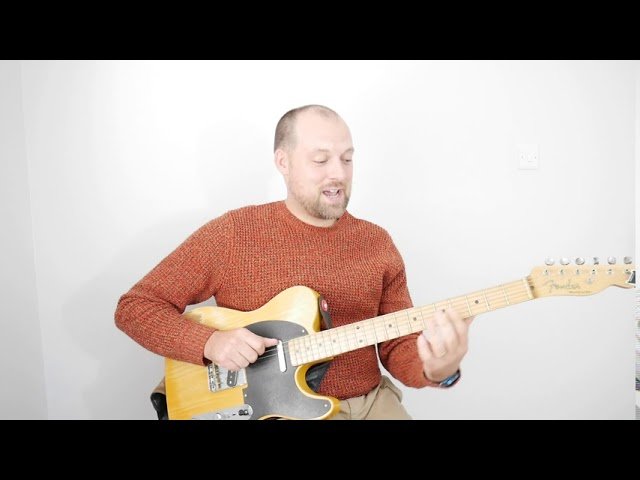
Many genres fundamentally rely on the expressiveness and reliability of the low E string. Blues and classic rock leverage it for expressive slides and walking basslines; metal and hard rock demand pinpoint precision for low-frequency chugging and palm muting. Notably, the iconic “Smoke on the Water” riff showcases how integral the low E is in establishing both rhythm and melodic drive. In fingerstyle and jazz contexts, the low E serves as a drone or countermelody. Its absence, or instability, can erode groove and tonal support, affirming its critical importance to a broad spectrum of musical styles. However, its prominence as a rhythm anchor is not universal—some folk and classical arrangements deprioritize its use, so understanding the stylistic context is essential for balanced instrument setup.
When Does the Low E String Need Attention? Pinpointing Common Issues and Maintenance Times
Recognizing Tuning Problems and Harmonic Inconsistencies
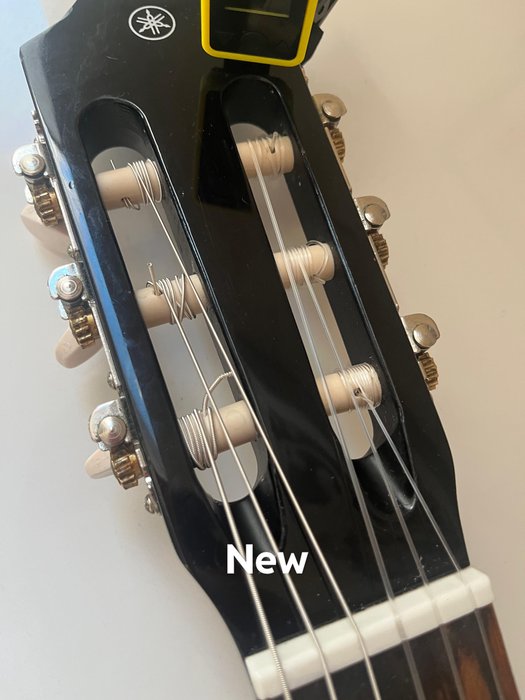
Even a marginally misaligned low E can disrupt the tonal alignment across all chords and voicings. Regular diagnostics—including close attention to intonation, tension, and pitch drift—are cornerstones of my professional setup checklist. Subtle intonation discrepancies are confirmed in physics department studies that reveal the sensitivity of the lowest string to nut wear and bridge position. Additionally, the low E’s mass increases susceptibility to “wolf tones” (unwanted resonance) and dissonance across the fretboard. Addressing these details early can prevent performance-affecting discrepancies and is a hallmark of a thorough setup.
Scheduling String Changes and Maintenance Intervals
How often should you change your low E string for maximum reliability? The optimal interval is influenced by play intensity, environmental conditions, and musical context. Empirical studies published in MDPI Symmetry indicate that for frequent players (daily or gigging musicians), changing the low E string every 1–2 weeks greatly reduces intonation drift, fatigue, and breakage. Occasional players may extend this to several weeks, but signs of tonal dullness or rust should not be overlooked. Beyond replacing, preventative maintenance—such as after-play wiping and inspection—correlates with improved string life and sound. A well-structured maintenance regimen is therefore not just beneficial, but necessary for serious musicians.
Where to Adjust and Tune the Low E String? Tools and Setup Locations Explained
Tuning Locations: At Home, On Stage, and in the Studio

Environmental context directly impacts tuning outcomes. In the home studio, reduced ambient noise enables accurate pitch assessment. On stage, fluctuating temperature and humidity—often varying up to 10% within an hour under stage lights—cause rapid string expansion/contraction, requiring vigilant real-time monitoring. Studio settings allow for highly precise adjustments, leveraging spectrum analyzers and DAW-based tuners. As explored in Audio Bay’s acoustics primer, even the room’s resonance profile can affect perceived intonation. Consequently, best practice is to always check tuning in the same location and temperature where final recording or performance occurs to avoid last-minute surprises.
Essential Tools for Tuning and Adjusting the Low E
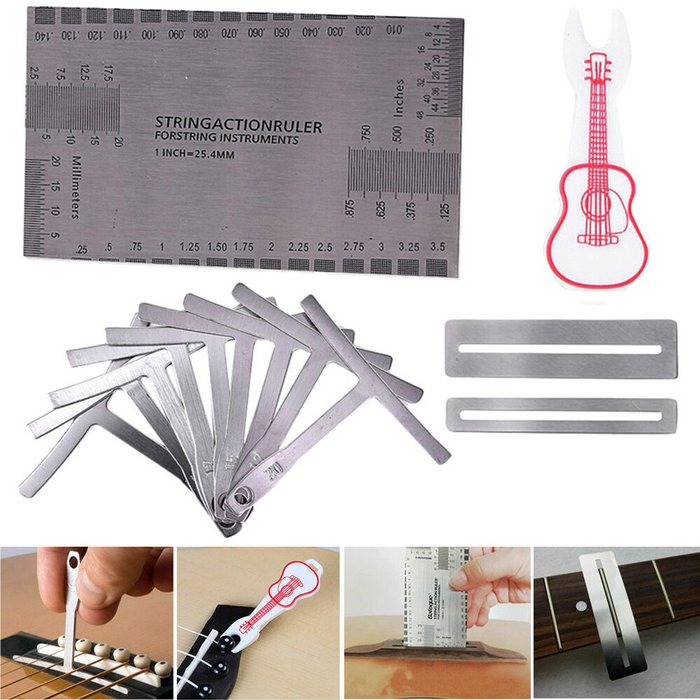
Reliable results stem from reliable tools—both for setup and ongoing adjustment. Industry-standard gear includes high-precision clip-on tuners (±1 cent accuracy), strobe tuners for studio work, high-quality capos, and properly sized truss rod and saddle adjustment wrenches. Many professional techs utilize setup rulers and fretboard gauges, as highlighted in Premier Guitar’s toolkit guide, to verify critical string height, nut depth, and bridge position. Conversely, use of low-quality or damaged tools increases the risk of adjustment errors—often manifesting in persistent tuning or buzzing problems. Thus, investment in the right equipment is as important as technical know-how.
Why Does the Low E String Go Out of Tune? Causes and Preventative Insights
Exploring Common Culprits: String Gauge, Age, and Usage
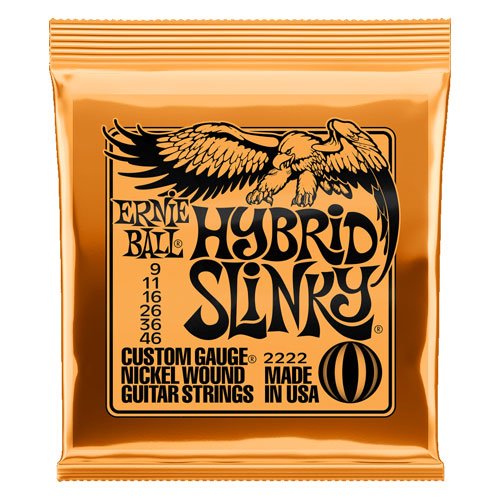
Tuning instability is often the result of intertwined factors:
- String Gauge: Thicker gauges provide stronger output and fuller bass, but require higher tension and may expose or worsen set-up weaknesses if nut slots, bridge saddles, or tuners are poorly matched. Conversely, lighter gauges are more flexible but may lack sustain and tuning robustness, particularly under heavy playing.
- Age and Usage: As found in IOP Science’s studies on string elasticity, older strings lose their ability to hold tension, exhibit microfractures, and develop uneven wear. These physical changes manifest as erratic intonation and unpredictable drift. Intense use accelerates this process, especially in humid environments or with acidic sweat.
Understanding and regularly reevaluating your string choice, matched to your technique and performance demands, is central to maintaining reliable tuning and optimal tone.
Environmental and Technique Factors
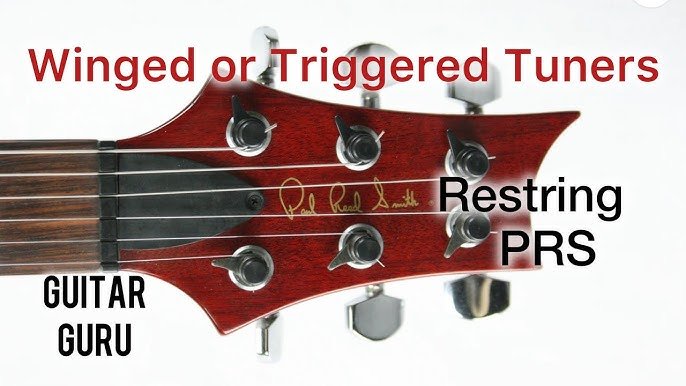
Environmental fluctuations—such as shifts in humidity (above 60% or below 35%) or room temperature—directly impact wood expansion, neck relief, and string tension. For example, the low E can drop noticeably in pitch if the guitar is moved from a cold storage area to a hot stage. Aggressive playing style also exacerbates these issues: heavy-handed strumming and picking increase lateral force, sometimes pulling the low E out of its saddle or settling it unevenly in the nut. For best results, implement slow tuning “stretch” techniques after re-stringing, and avoid extreme environmental swings whenever possible. These preventive actions underpin long-term stability for the low E and, by extension, the entire guitar.
How to Tune, Fix, and Care for the Low E String: Step-by-Step Expert Guide
Standard and Alternative Tuning Methods for the Low E
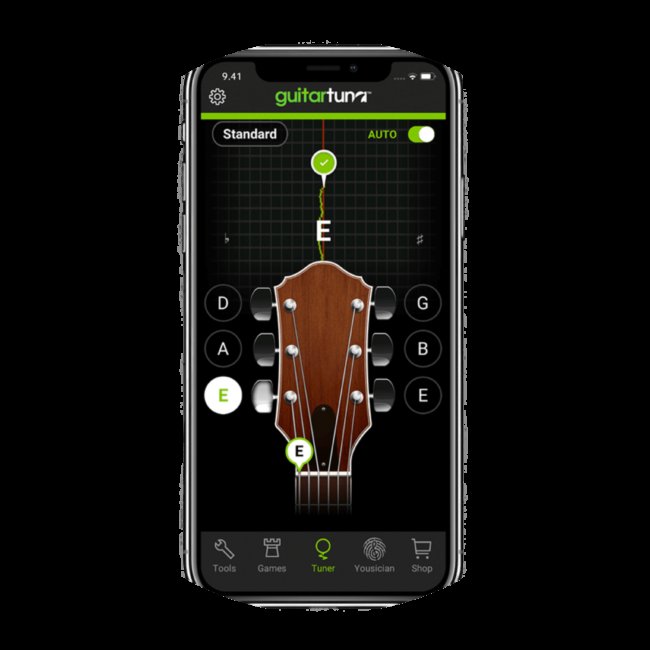
Mastery of standard and alternative tunings enables creative expression while maintaining critical tuning integrity. For most musicians, E2 in standard tuning (EADGBE) is the foundation. Alternative tunings, like open G (DGDGBD), are staples in slide guitar or blues, expanding melodic possibilities and chord voicing options. However, every non-standard tuning alters the tension balance across the neck, sometimes necessitating truss rod and nut adjustments. Critical evaluation of your guitar’s setup—alongside experimentation—optimizes both tone and tuning durability across any style.
Using Harmonics and Pro Techniques for Accurate Tuning
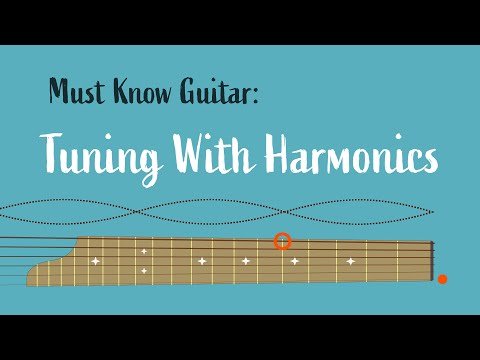
Tuning with harmonics—primarily using natural nodes at the 5th, 7th, and 12th frets—enables more precise intonation than open-string methods alone. Many pro-level musicians prefer harmonics because, as Fender documents in their setup guides, they reduce the impact of pitch anomalies caused by nut height and finger pressure. Matching the harmonic at the 5th fret (low E) to the 7th fret (A string) helps reveal fine discrepancies. However, mastering this method requires a good ear and familiarity with the harmonic series, as overtones can sometimes mask or exaggerate certain mismatches. For those seeking accuracy under all conditions, combining harmonics with high-grade digital tuners yields the most reliable result.
Best Practices for Longevity: Cleaning, Replacing, and String Alternatives

String longevity is maximized through a combination of proactive cleaning, timely replacement, and strategic material choices. According to Sweetwater’s guitar care guidelines, wiping strings with a microfiber cloth after each session removes corrosive sweat and oils. Applying string conditioners can further deter oxidation, especially on uncoated low E strings. When frequent breakage or tonal dullness arises, consider alternative string types, such as coated variants or hybrid gauges designed to improve both durability and tone. However, coated strings may subtly alter feel and response—a potential downside for players who prioritize natural attack and raw resonance. Weigh these variables against your style and environment to identify the best combination for your playing needs.
FAQs: Real-World Low E String Questions Answered
What are common issues with low E strings on guitars?
How can I properly tune my low E string?
What maintenance should I perform to extend the life of my low E string?
Why does my low E string keep breaking?
What can I do if my low E string is buzzing?
Conclusion: Lessons Learned from Years of Low E String Experience
Years spent focusing on the low E string confirm that its thoughtful care can yield disproportionate improvements in a guitar’s tone, tuning reliability, and playability. Targeted skills—such as regular maintenance, informed string choice, and methodical tuning—offer the highest returns for any guitarist seeking professional results. Yet, the most effective strategies are context-dependent, varying with musical style, playing environment, and instrument design. While even experts encounter persistent challenges surrounding string stability and environmental sensitivity, developing and adhering to a personalized, evidence-based care routine empowers musicians to consistently mitigate such issues. Applying these critical insights can transform not only your approach to the low E string, but also your holistic musical experience.